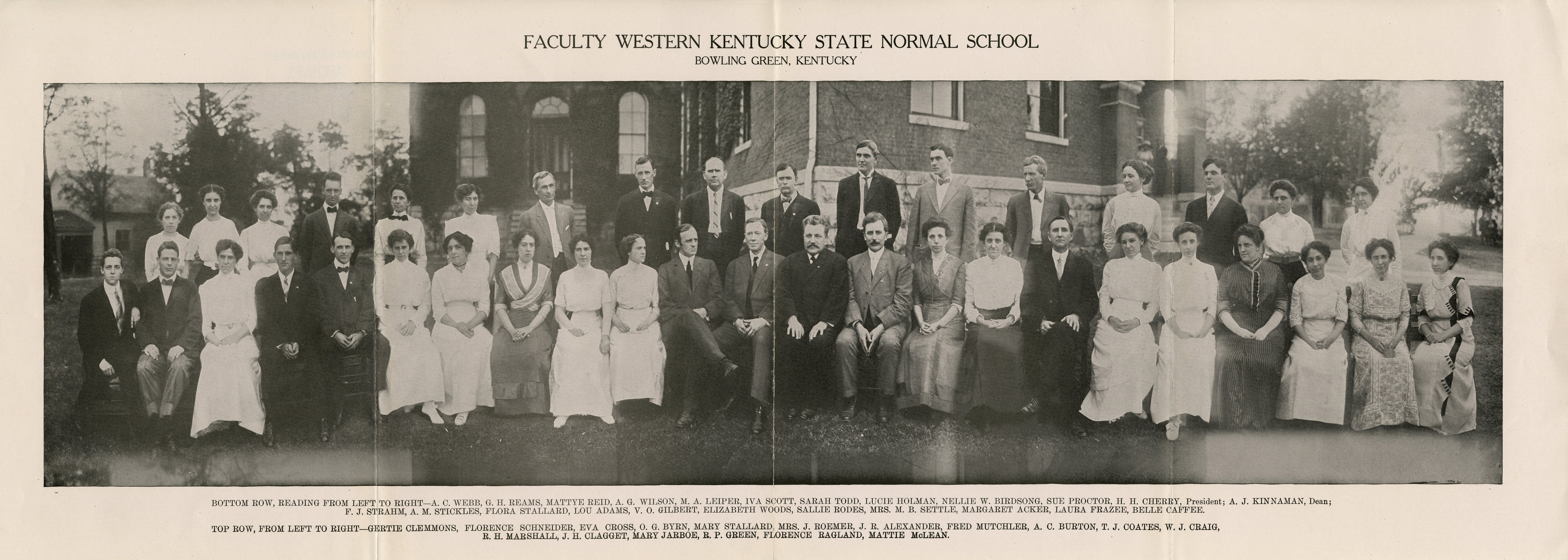Abstract
The methodology of Empiricism, with its emphasis on linking efficient causes to specific effects, has now dominated science for over three hundred years, and to productive end. Another of the other original Aristotelian concepts of causation, however, the notion of “final causes,” has largely been ignored by the scientific community – perhaps because it seems to necessitate teleology, or even direct interventions (“first causes”) from outside of the realm of natural process.
The most famous example of the operation of final causes comes down from ancient times. The sculptor is described as imagining what his completed form will look like, and then striving toward that end, modifying his work accordingly as he proceeds. There, a role for conscious awareness is assumed; it is much more difficult, however, to conceive of processes that invoke final causation, but unfold in the absence of “conscious” goals. Difficult, but by no means impossible.
Complex systems are by nature multi-causal; that is, their triumph over space and time is not via simple linear sequences of action, but instead through multi-directioned responses to complicated interplays of opportunities and constraints. It is easy enough to consider isolated examples of cause and effect individually, and to model them accordingly, but it is quite another matter to tease from such detail higher order principles that may be coordinating them. Certainly, conscious awareness is one such principle, as it organizes actions that might otherwise have to engage largely through trial and error, but one can also imagine forms of coordinated control that do not directly involve consciousness. The way the DNA molecule operates in connection with ecological context may be one of these.
In one sense, DNA represents a developmental regulator: ultimately, it unleashes the guiding program behind the individual’s maturation into an adult organism. But in this instance there may also be a final cause operating, because not only is DNA responsible for developing an adult individual, but for developing one that will, on the average, fit into its environmental context in the same basic fashion its immediate ancestors did. In this case the ecological system within which the organism or population operates presents a kind of final cause, because DNA has evolved in a way recapitulating successful interactions between organism and environment to begin with. Natural selection is usually successful at mediating this balance between individual function and ecological continuity, but at times it fails to do so – either because DNA itself has found no way to shape a population of appropriately diverse mature individuals, or because the organism’s environment has changed too quickly or completely to permit a workable form of organic response. In processes extending beyond the population, as we shall see below, natural selection plays a rather restricted role; instead, the main considerations must be: (1) to what degree the environment constitutes a kind of organization that itself encourages order-promoting forms of population engagement, and (2) to what degree, and for what reasons, change in the DNA molecule itself is encouraged or discouraged by latent factors (i.e., is DNA infinitely flexible, or is its further development constrained by a priori limitations?).
We have little further to say here about the second matter (though it is a question that may be a good deal more important than we currently acknowledge), but in a moment I will introduce several lines of research, actual or possible, related to the first. Before this, however, we need to take a short historical detour through the thought of that pioneer of evolution studies, Alfred Russel Wallace.
Disciplines
Ecology and Evolutionary Biology | Evolution | Life Sciences
Recommended Citation
Smith, Charles H., "Alfred Russel Wallace & the Notion of Final Causes in Evolution" (2012). Faculty/Staff Personal Papers. Paper 193.
https://digitalcommons.wku.edu/fac_staff_papers/193


Comments
Originally published in Portuguese as “Alfred Russel Wallace e a Noção de Causas Finais na Evolução,” pp. 155-181 in A. C. Regner & A. Naves, organizers, 2012, Ecos de Darwin (Editora da UNISINOS, São Leopoldo, Brasil); here (August 2020), with emendations.